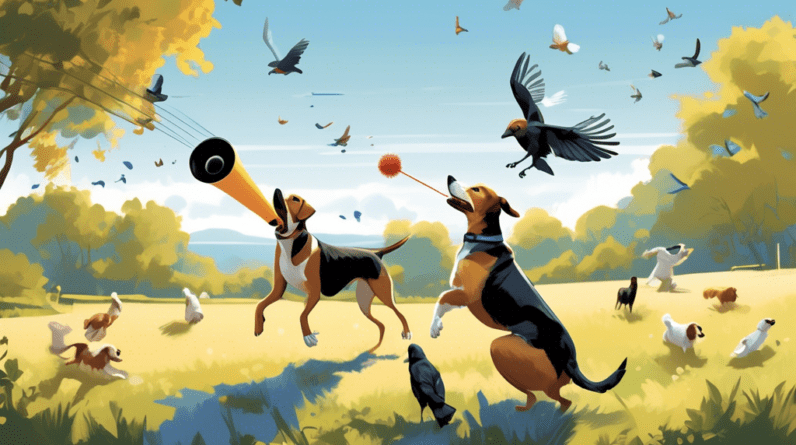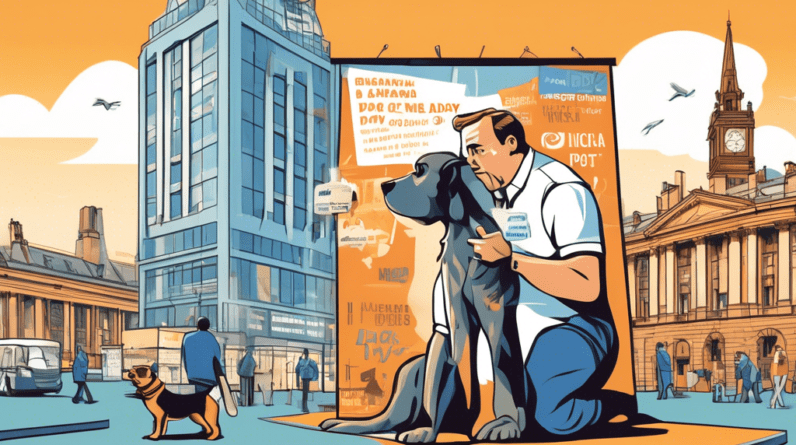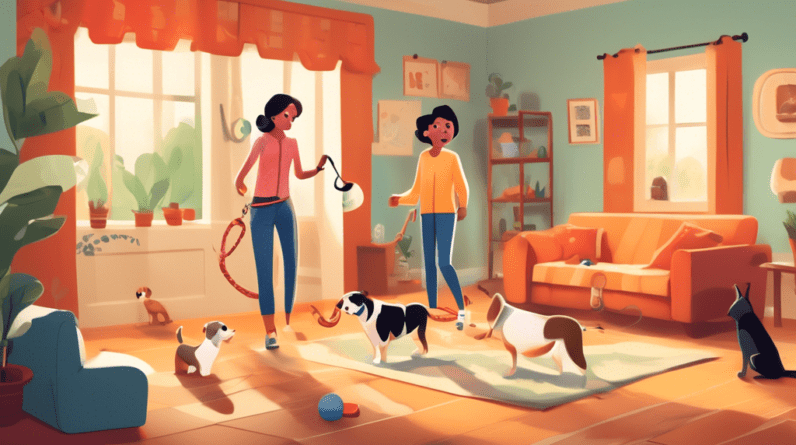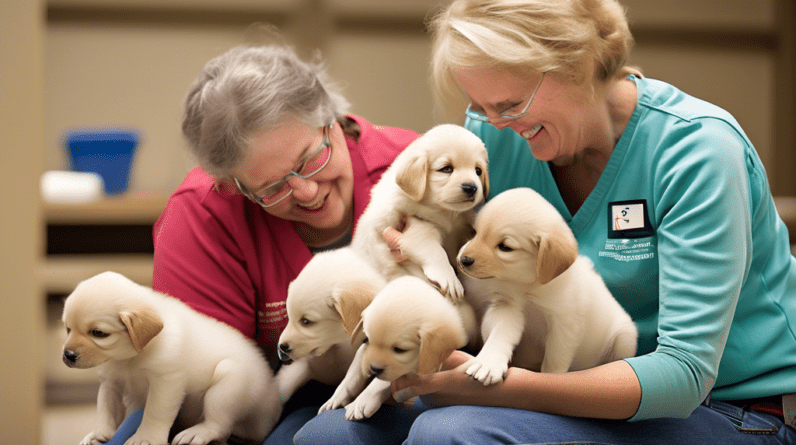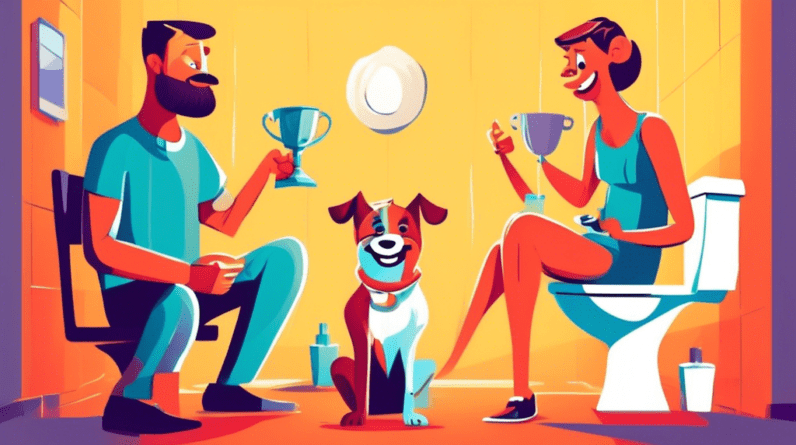
Award-Winning Trainer Ben Randall’s Secrets to Potty Training Success
Bringing a new puppy into your home is an exciting time, filled with adorable puppy antics and heartwarming moments. However, along with those joys comes the inevitable hurdle of potty training. For some lucky owners, it’s a relatively smooth process, but for others, it can feel like an uphill battle. If you’re struggling with a stubborn pup who seems determined to turn your home into their personal bathroom, don’t despair! Award-winning trainer Ben Randall is here to share his secrets for successful potty training, even for the most challenging canine students.
Understanding the Importance of a Solid Foundation
Before diving into specific techniques, Ben emphasizes the importance of laying a solid foundation for successful potty training. This foundation is built on three key pillars:
1. Patience: Your Secret Weapon
First and foremost, Ben stresses the importance of patience. Potty training is a process, he says, and like any learning process, it takes time and consistency. Your puppy is still learning, and accidents are inevitable. Getting frustrated or angry will only hinder their progress. So, take a deep breath, arm yourself with patience, and remember that every puppy learns at their own pace.
2. Consistency: The Key to Success
Consistency is another cornerstone of successful potty training. Ben advises establishing a regular routine for your puppy, including consistent feeding times, potty breaks, and playtime. Dogs thrive on routine, he explains. When they know what to expect and when to expect it, it helps them develop good habits more easily.
3. Positive Reinforcement: Celebrate the Wins
Positive reinforcement is the most effective way to motivate your puppy and build a positive association with potty training. When your puppy successfully eliminates outside, reward them generously with praise, treats, and playful affection, Ben emphasizes. This positive reinforcement helps them understand that going potty in the right place leads to good things.
Ben Randall’s Proven Potty Training Techniques
Once you’ve established a strong foundation based on patience, consistency, and positive reinforcement, you can begin implementing Ben’s proven potty training techniques.
1. Crate Training: A Safe Space for Learning
Ben is a strong advocate for crate training, not as a form of punishment, but as a valuable tool for potty training. Dogs are den animals by nature, he explains. They have a natural instinct to keep their sleeping area clean. A crate provides your puppy with a den-like space of their own, which can help deter them from having accidents in their designated safe zone.
When using a crate for potty training, it’s crucial to choose the right size. The crate should be large enough for your puppy to comfortably stand up, turn around, and lie down, but not so large that they can easily eliminate in one corner and sleep in another.
2. Establishing a Consistent Potty Schedule
Puppies, especially young ones, have limited bladder control. Ben recommends taking your puppy outside frequently to minimize the chances of accidents. A good rule of thumb, he suggests, is to take your puppy out every two hours, as well as first thing in the morning, last thing at night, and immediately after waking up from naps, playing, and eating.
3. Recognizing the Signs: Reading Your Puppy’s Cues
Pay close attention to your puppy’s behavior, as they’ll often give subtle cues that they need to go potty. These cues can include:
- Whining or barking
- Scratching at the door
- Restlessness or pacing
- Squatting or circling
- Sniffing the ground intently
If you notice any of these signs, immediately take your puppy outside to their designated potty area.
4. Choosing the Right Potty Spot: Consistency is Key
Consistency extends to your puppy’s potty spot as well. Choose a designated area in your yard and consistently take your puppy to that spot each time you let them outside, Ben advises. This helps your puppy associate that specific area with going potty.
5. Using a Verbal Cue: Reinforcing the Action
As you take your puppy to their potty spot, use a consistent verbal cue, such as go potty or do your business. This verbal cue can help your puppy associate the action with the command, Ben explains, making it easier for them to understand what you expect from them.
6. Rewarding Success: Positive Reinforcement in Action
When your puppy successfully eliminates outside, immediately praise them with positive reinforcement. Remember to use a cheerful and enthusiastic tone of voice, Ben advises, and offer them a tasty treat or their favorite toy as a reward. This positive reinforcement helps solidify the connection between going potty outside and receiving positive attention.
7. Handling Accidents: Cleaning Up with Care
Accidents happen, especially during the potty training process. If your puppy has an accident inside, it’s important to clean it up thoroughly to eliminate any lingering odors that might attract them back to the same spot. Avoid using ammonia-based cleaners, as the smell can resemble urine to a dog’s sensitive nose. Instead, opt for enzymatic cleaners specifically designed to neutralize pet odors.
Remember, never punish your puppy for accidents. Punishment will only create fear and anxiety, which can hinder their progress and potentially damage their trust in you.
Troubleshooting Common Potty Training Challenges
Even with the best laid plans, potty training setbacks can occur. Here are some common challenges and Ben Randall’s expert advice on how to overcome them:
1. Regression: A Temporary Setback
Regression, where a previously potty trained puppy starts having accidents again, can be frustrating, but it’s usually temporary. Regression can occur for various reasons, Ben explains, such as stress, changes in routine, or even medical conditions. If you’re facing regression, Ben recommends consulting your veterinarian to rule out any underlying medical issues. Once any medical concerns are addressed, revisit your potty training basics and reinforce the desired behavior with patience and consistency.
2. Excitement Urination: Managing Emotional Responses
Excitement urination, where a puppy leaks urine when excited or greeting someone, is another common challenge. This behavior is often rooted in overstimulation, Ben explains. To manage excitement urination, try to keep greetings low-key and avoid making direct eye contact with your puppy until they’ve calmed down.
3. Submissive Urination: Building Confidence and Trust
Submissive urination occurs when a puppy urinates when feeling scared, anxious, or submissive. This behavior often stems from a lack of confidence. To address submissive urination, Ben advises, focus on building your puppy’s confidence through positive reinforcement training methods. Use a gentle and encouraging tone of voice, and avoid any actions that might intimidate your puppy, such as looming over them or making sudden movements.
Seeking Professional Help: When to Consult an Expert
While Ben Randall’s potty training techniques have proven successful for countless dog owners, there are instances where seeking professional help is beneficial. If you’ve diligently followed Ben’s advice but are still facing significant potty training challenges, consider consulting a certified dog trainer or veterinary behaviorist. These professionals can assess your individual situation, identify any underlying issues, and provide personalized guidance tailored to your puppy’s specific needs.
Conclusion: Patience, Consistency, and Positive Reinforcement are Your Allies
Potty training any puppy, even the most stubborn one, is achievable with patience, consistency, and a positive approach. By following Ben Randall’s expert guidance, establishing a solid foundation, and implementing his proven techniques, you can guide your furry friend towards becoming a happy, confident, and fully potty trained member of your family.


